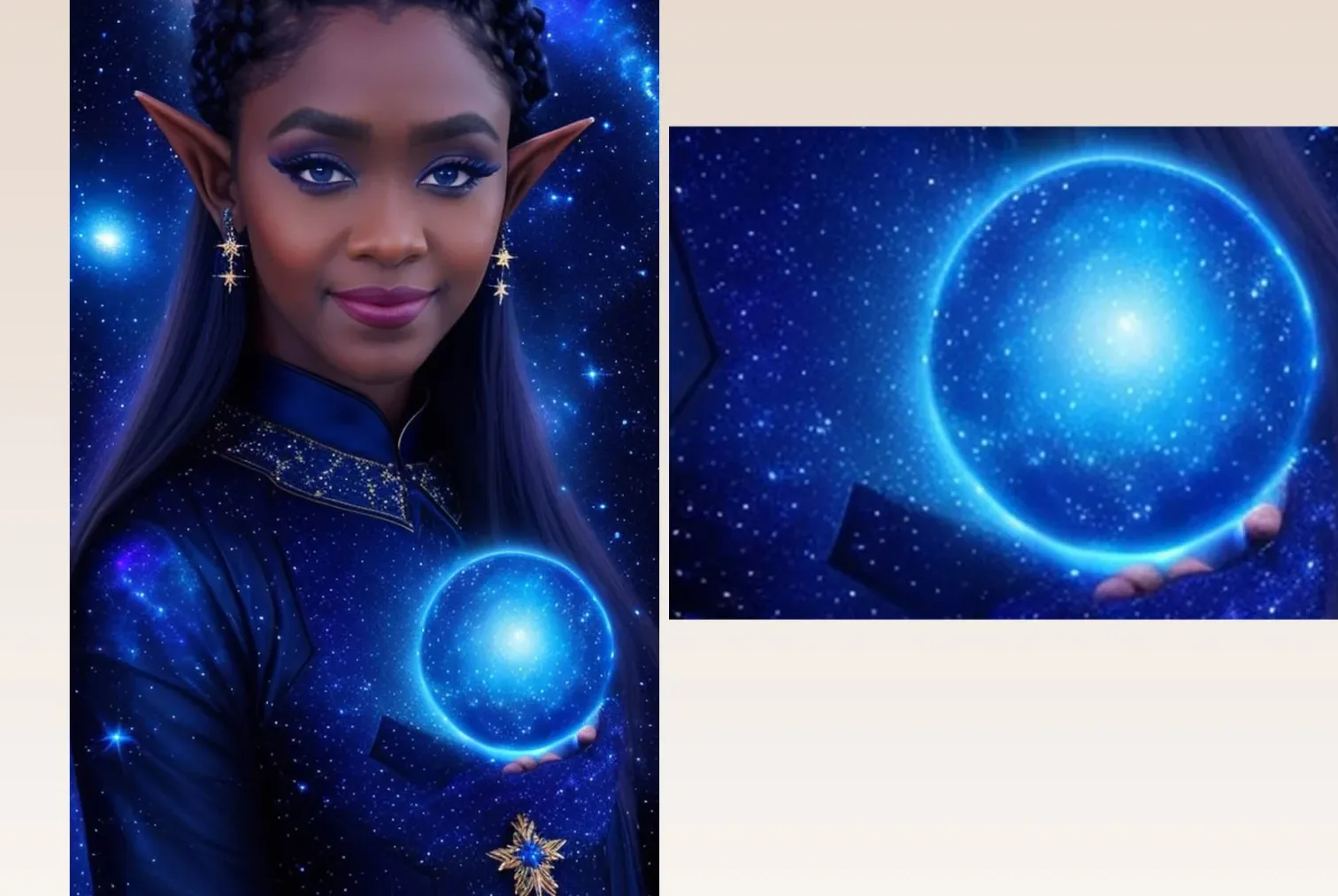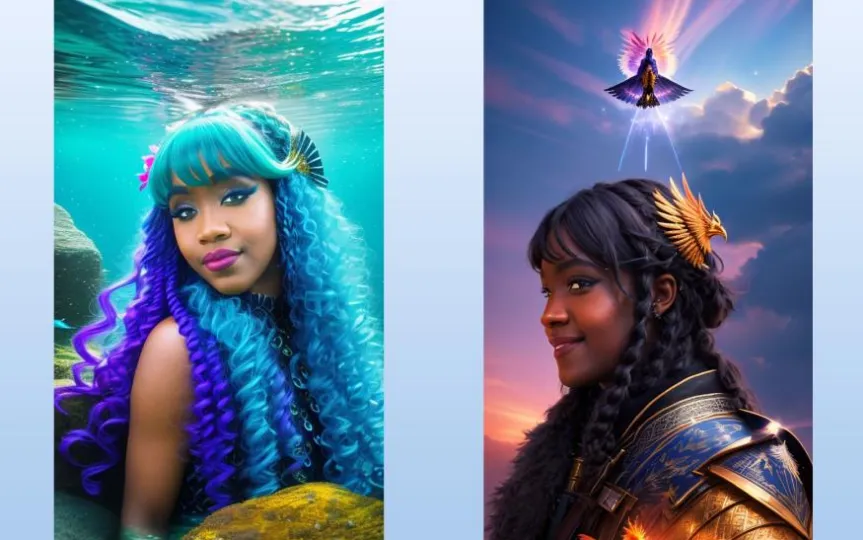Snapchat Introduces AI-Powered ‘Dreams’ Feature to Transform Selfies
Snapchat has introduced a fresh generative AI capability to its application, known as “Dreams.” This feature bears resemblance to the company’s well-known AR effects, also referred to as lenses. However, instead of employing real-time camera effects, Dreams utilizes generative AI to creatively alter users’ selfies, resulting in captivating images that morph their appearance into different personas.
The feature, found in the “memories” section of the app, starts by asking users to take selfies that show their faces from different angles. The app then creates a series of eight images based on themes such as “time travel” or “alternate universes.” Eventually, Snap says, users will be able to create dreams that also include descriptions of their friends.
Dreams is the latest generative AI experiment from the company, which released the MyAI chatbot earlier this year using models from OpenAI. (Dreams uses open source tools and internal data, although the company has not disclosed specific partners.)
The feature also highlights how the company is using interest in technology as a source of revenue. MyAI was initially limited to Snapchat+, the app’s premium subscription tier, before rolling out to all app users this spring. The company has since added special features for subscribers, including the ability for MyAI to respond to Photo Snaps with its own AI-generated images.
Likewise, Dreams has both a free and a paid component. Snap only gives non-Snapchat+ subscribers access to one — so use it wisely — eight selfie “packs,” while subscribers get access to one pack per month (the company says it plans to update Dreams with new themes and styles regularly). . All users can purchase additional packs for a $0.99 in-app purchase.

In practice, images seem to have some of the same limitations as other AI-based image generators. A promotional photo shared by Snap showed the tips of partial fingers oddly placed next to the subject. When I tried Dreams to create my own AI selfies, some of the resulting images also had odd-looking hands, even though they at least showed the correct number of fingers placed in the anatomically correct position.
However, I can see how the feature could keep Snapchat users — who have sent more than 10 billion messages to MyAI in total — coming back. And with tools like Midjourney moving behind a paywall, Snap’s offerings might just seem like a better deal for those looking to experiment with generative AI.




